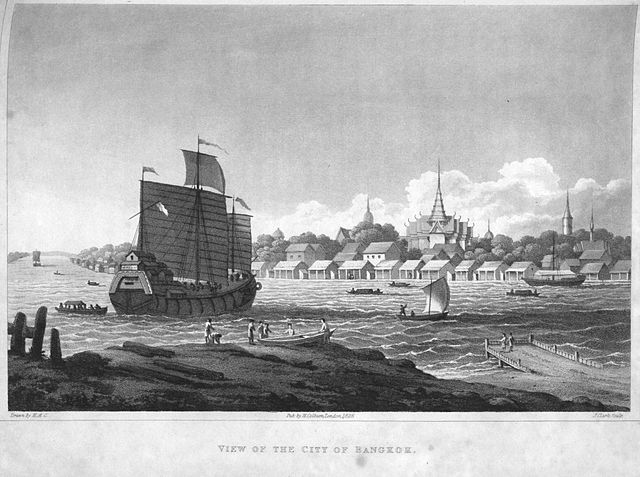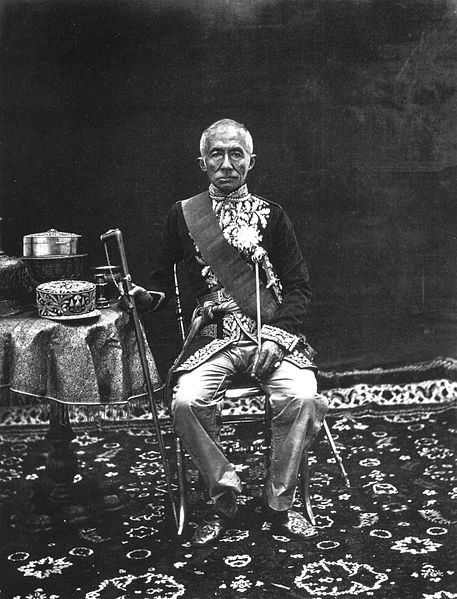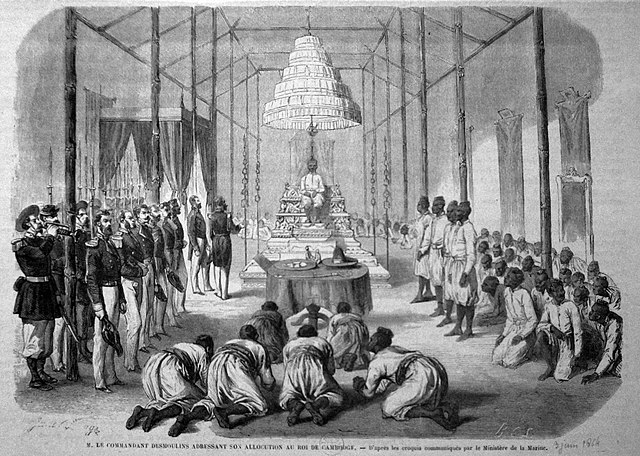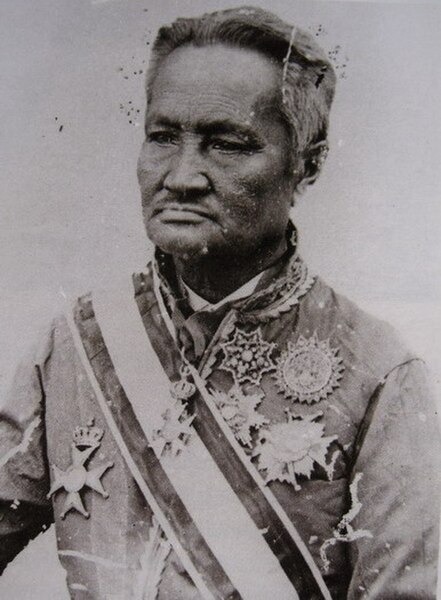Evidence of modern human presence in the northern and central highlands of Indochina, which constitute the territories of the modern Laotian nation-state, dates back to the Lower Paleolithic. These earliest human migrants are Australo-Melanesians—associated with the Hoabinhian culture—and have populated the highlands and the interior, less accessible regions of Laos and all of Southeast Asia to this day. The subsequent Austroasiatic and Austronesian marine migration waves affected landlocked Laos only marginally, and direct Chinese and Indian cultural contact had a greater impact on the country.
Ancient human fossil remains from Tam Pa Ling cave
Plain of Jars, Xiangkhouang
Lower terrace of the Wat Phu mountain complex, Champasak
Emerald Buddha
Rattanakosin Kingdom (1782–1932)
The Rattanakosin Kingdom, the Kingdom of Siam, or the Bangkok Empire, were names used to reference the fourth and current Thai kingdom in the history of Thailand. It was founded in 1782 with the establishment of Rattanakosin (Bangkok), which replaced the city of Thonburi as the capital of Siam. This article covers the period until the Siamese revolution of 1932.
View of the city of Bangkok in 1822
Photograph of King Mongkut (Rama IV) (r. 1853–1868) in western style uniform
Coronation of King Norodom of Cambodia at Oudong in June 1864
Somdet Chaophraya Si Suriyawong (Chuang Bunnag) emerged to prominent roles after Bowring Treaty of 1855, became regent of young King Chulalongkorn in 1868, given highest rank of Somdet Chaophraya in 1873, and retained powers until his death in 1883.








